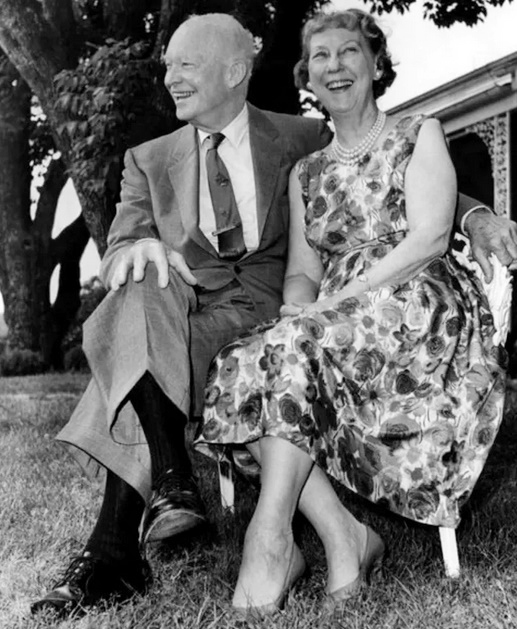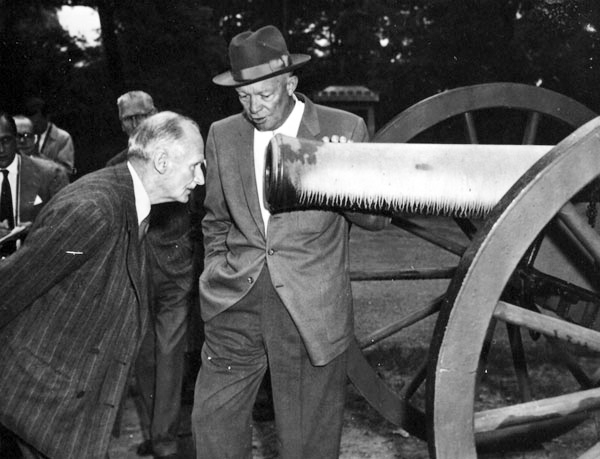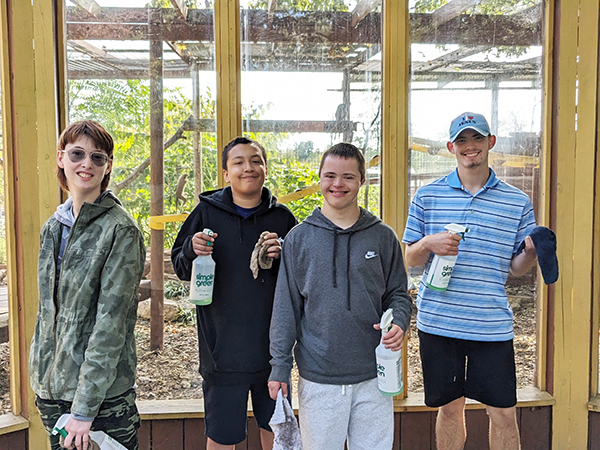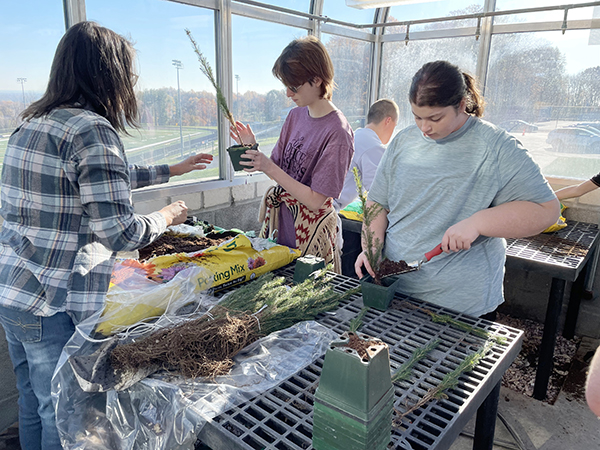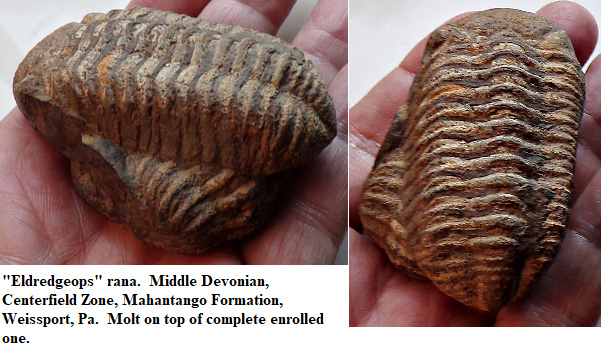by James Rada, Jr.
Thurmont
Commission Openings
The Town of Thurmont is seeking volunteers to serve on the town’s planning and zoning commission, police commission, and ethics commission. Anyone interested in serving on one of the commissions should submit their interest in writing to blong@thurmontstaff.com or to the town office by July 2 6.
National Night Out Celebration Announced
Thurmont Police will host National Night Out on August 6 from 6:00 to 7:30p.m. at the Thurmont Police Department at 800 E. Main Street in Thurmont. The event is a chance to meet the Thurmont Police and representatives from other emergency services and community organizations. There will be music, free food, emergency vehicle displays, information booths, pony rides, a bounce house, giveaways, and more.
Stump Grinder Purchased
The Thurmont Mayor and Commissioners voted to purchase a stump grinder attachment for the town’s skid loader for $7,961 from Rippeon Equipment of Frederick. Chief Administrative Officer Jim Humerick noted that it could quickly pay for itself because bids he received to grind four stumps in Community Parkrecently totaled around $2,000. The stump grinder will be purchased with unused capital improvement funds from last year’s budget.


















